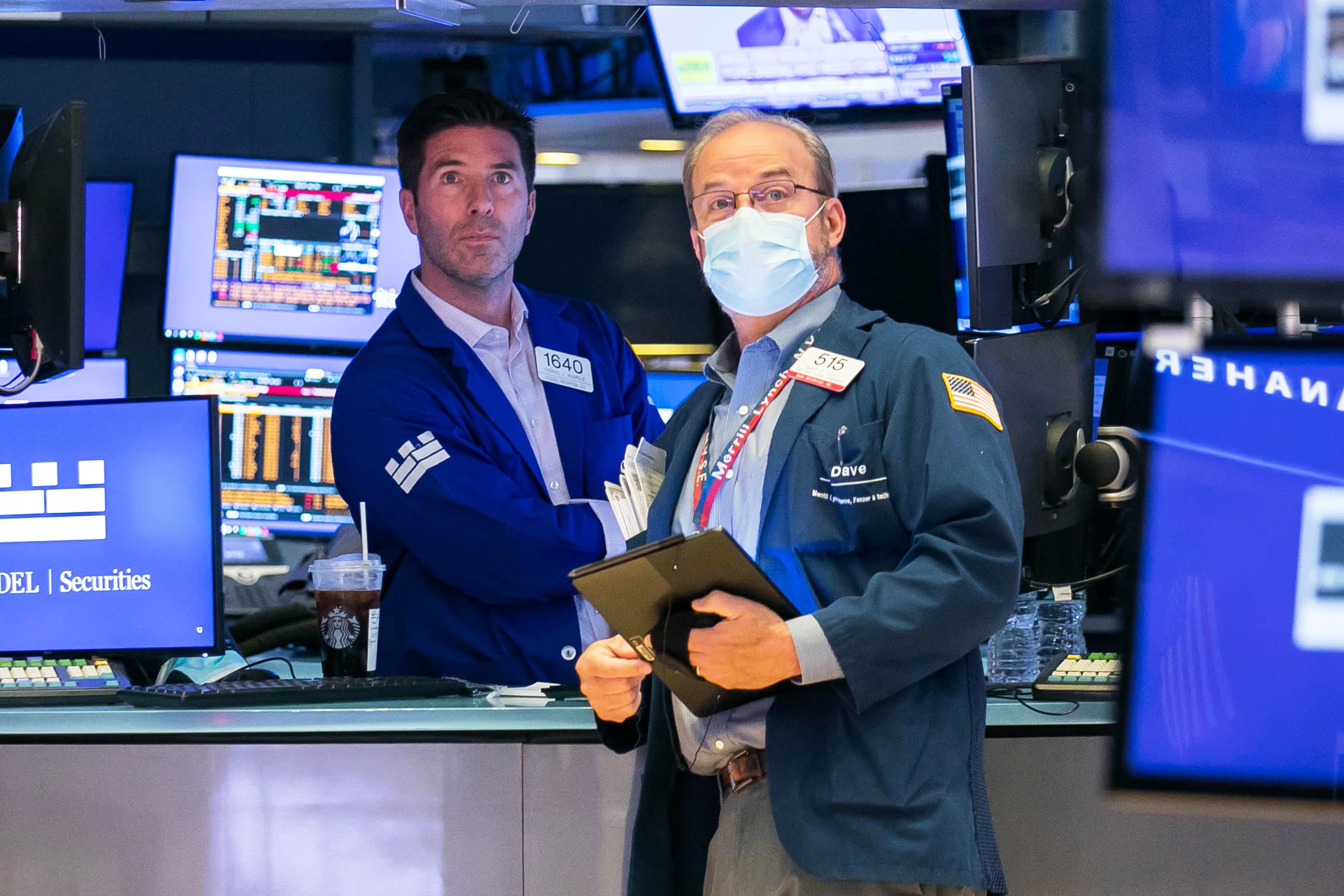Treasury yields rise as investors digest Powell renomination, 10-year yield tops 1.67%

U.S. Treasury yields fell on Tuesday morning, as investors continued to digest the news that Jerome Powell had been renominated to the role of Federal Reserve chair.
The yield on the benchmark 10-year Treasury note rose by about 5.4 basis points to 1.679% on Tuesday afternoon. The yield on the 30-year Treasury bond rose by a similar amount to 2.036%. Yields move inversely to prices and 1 basis point is equal to 0.01%.
President Joe Biden announced on Monday that he had nominated Powell for a second four-year term as Fed chair.
Biden named Fed Governor Lael Brainard, who was another favorite for the top job, as vice chair. Brainard was expected to take a more dovish approach to monetary policy, so Powell’s renomination has reinforced expectations that the Fed will continue on its current path of pulling back emergency stimulus measures.
Guy Stear, global head of fixed income at Societe Generale, told CNBC’s “Squawk Box Europe” that Powell’s renomination was “definitely a continuity decision.”
In terms of the monetary policy outlook, Stear believed that the Fed would be a slower to hike interest rates, given concerns around Covid-19 could weigh on economic sentiment.
As a result, Stear believed it was likely that the 10-year Treasury yield would once again break through the 1.7% mark before the end of the year.
This week’s move in the bond week are a sharp jump from Friday, when the 10-year Treasury yield traded near 1.54%.
On Tuesday, Markit’s November flash purchasing managers’ index showed a decline month-over-month as the services segment came in lower than expected.
Auctions were held on Tuesday for $40 billion of 35-day bills, $59 billion of 7-year notes and $24 billion of 2-year floating-rate notes.
The 7-year auction was seen as strong by investors even if it did not stop the slide in bonds for the day.
“The highest yield since February 2020 brought out the buyers and if history is any guide, flattening the curve, which we’ve clearly seen, is what pays when the Fed is tightening policy on the assumption that growth will eventually slow and/or markets break,” Peter Boockvar from Bleakley Advisory Group said in a note to clients.




